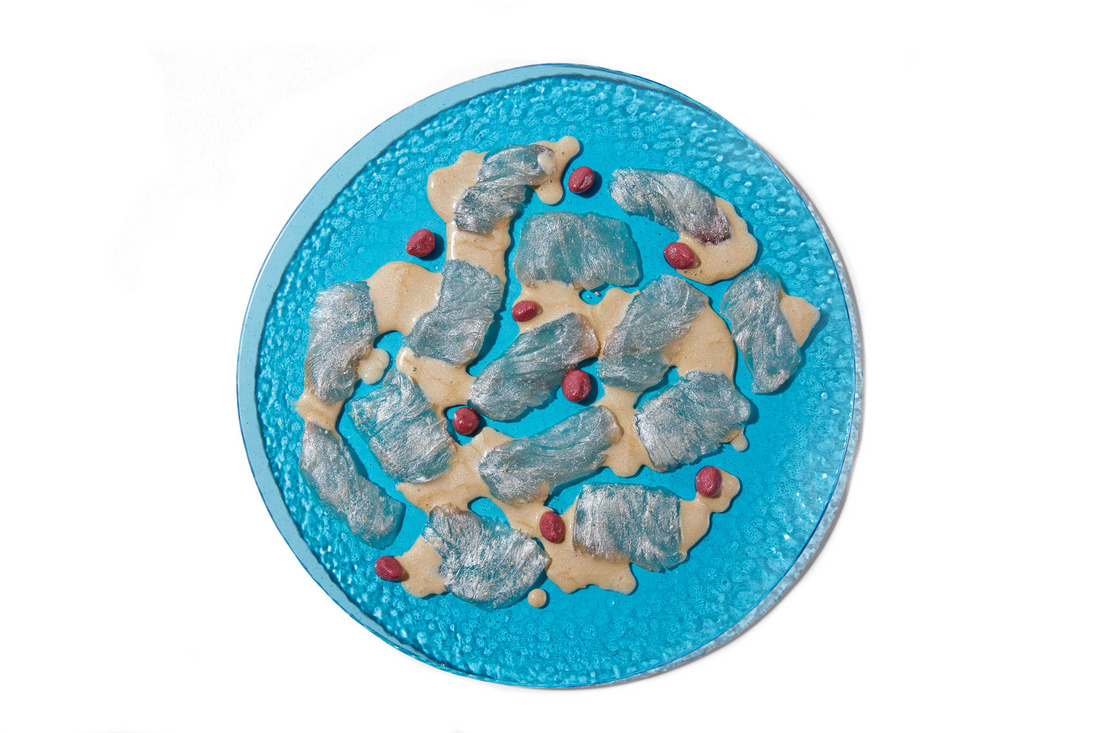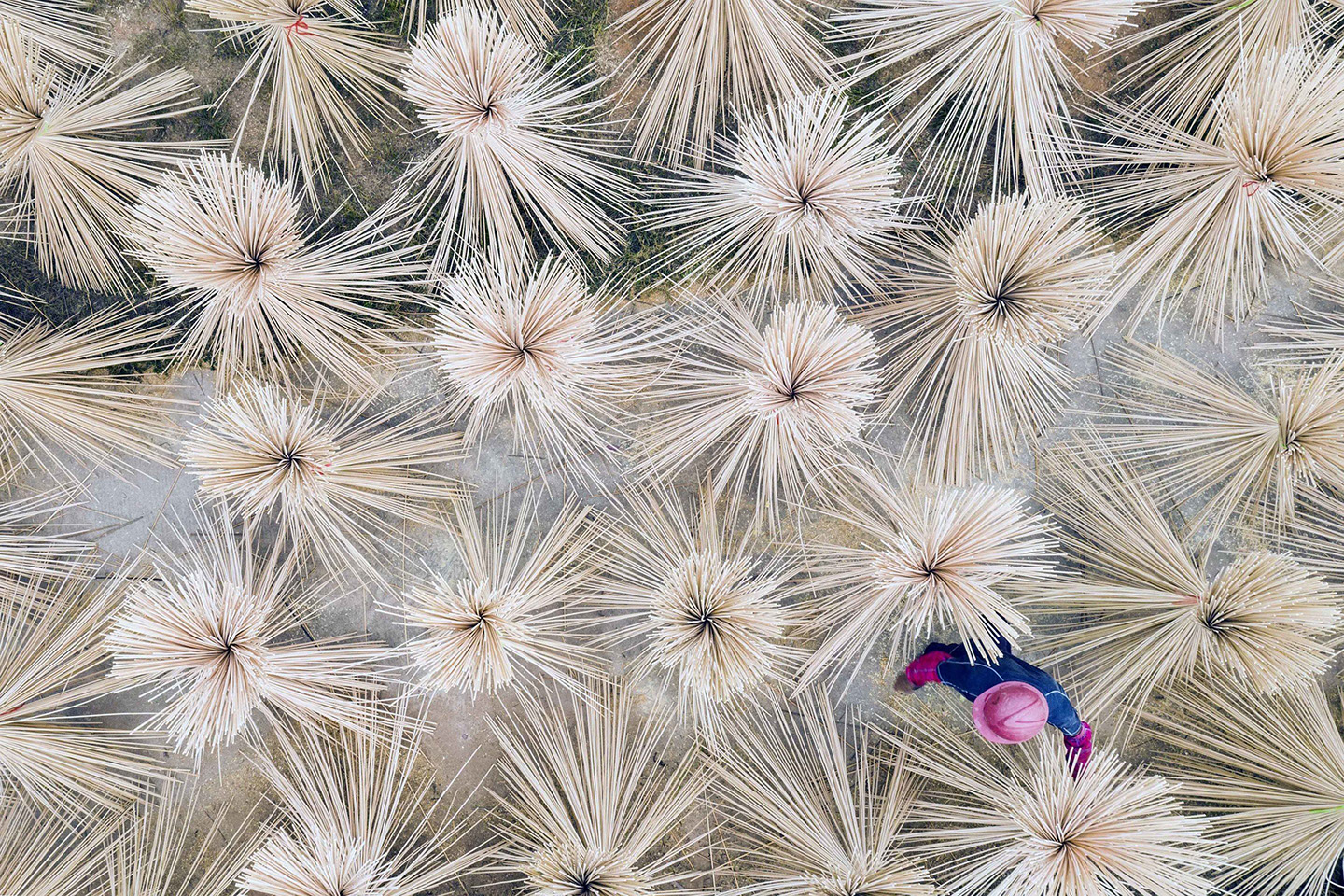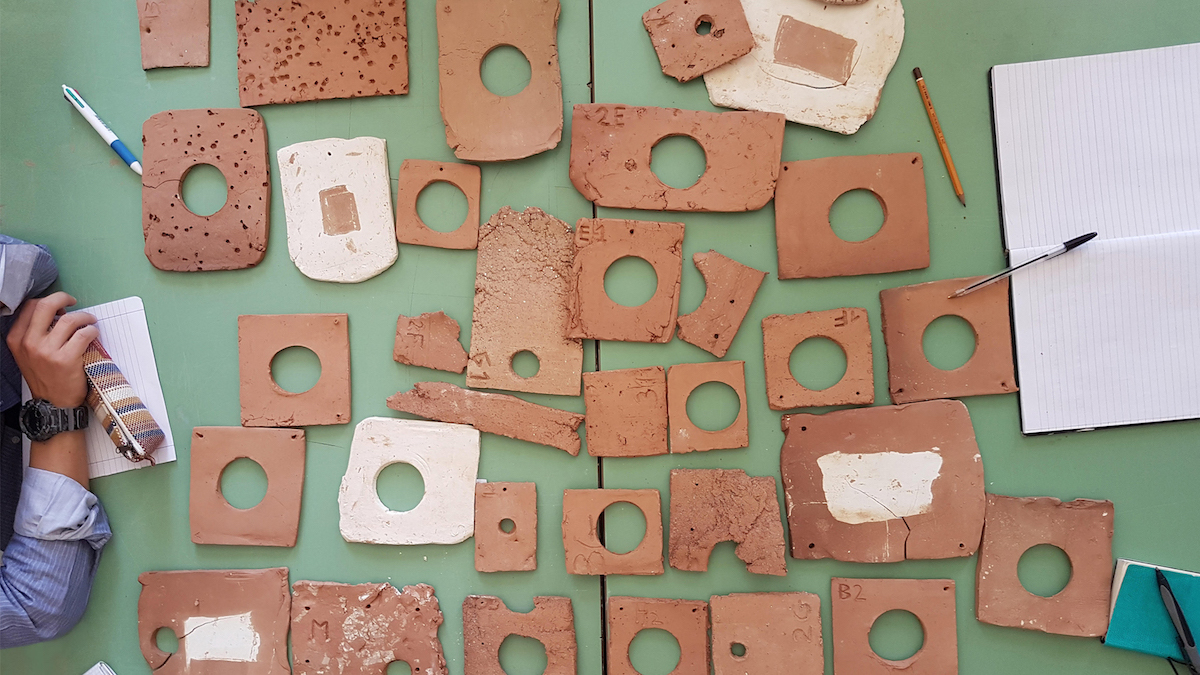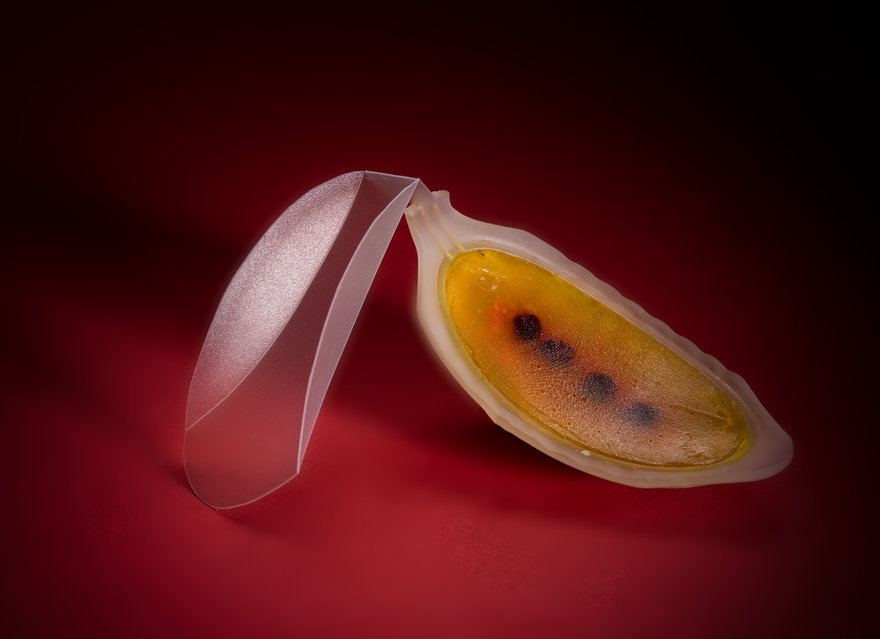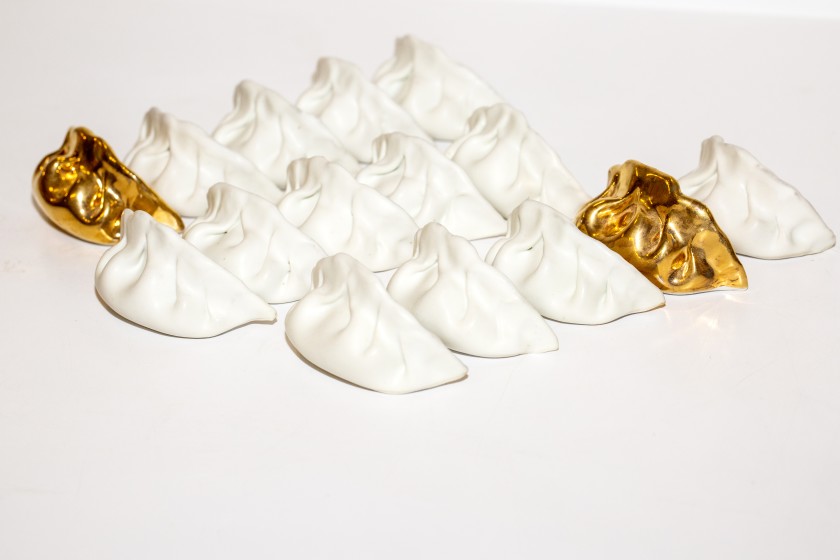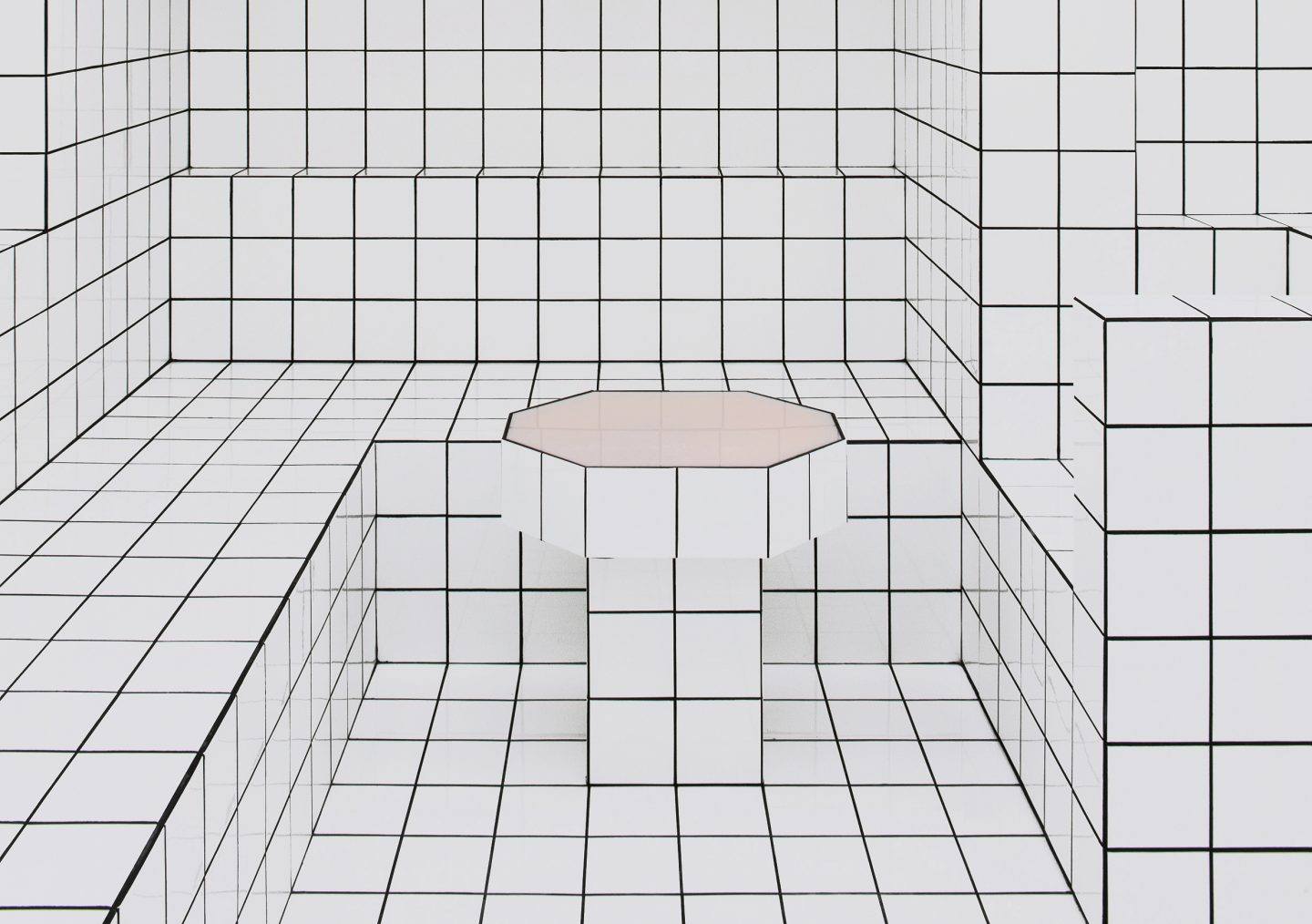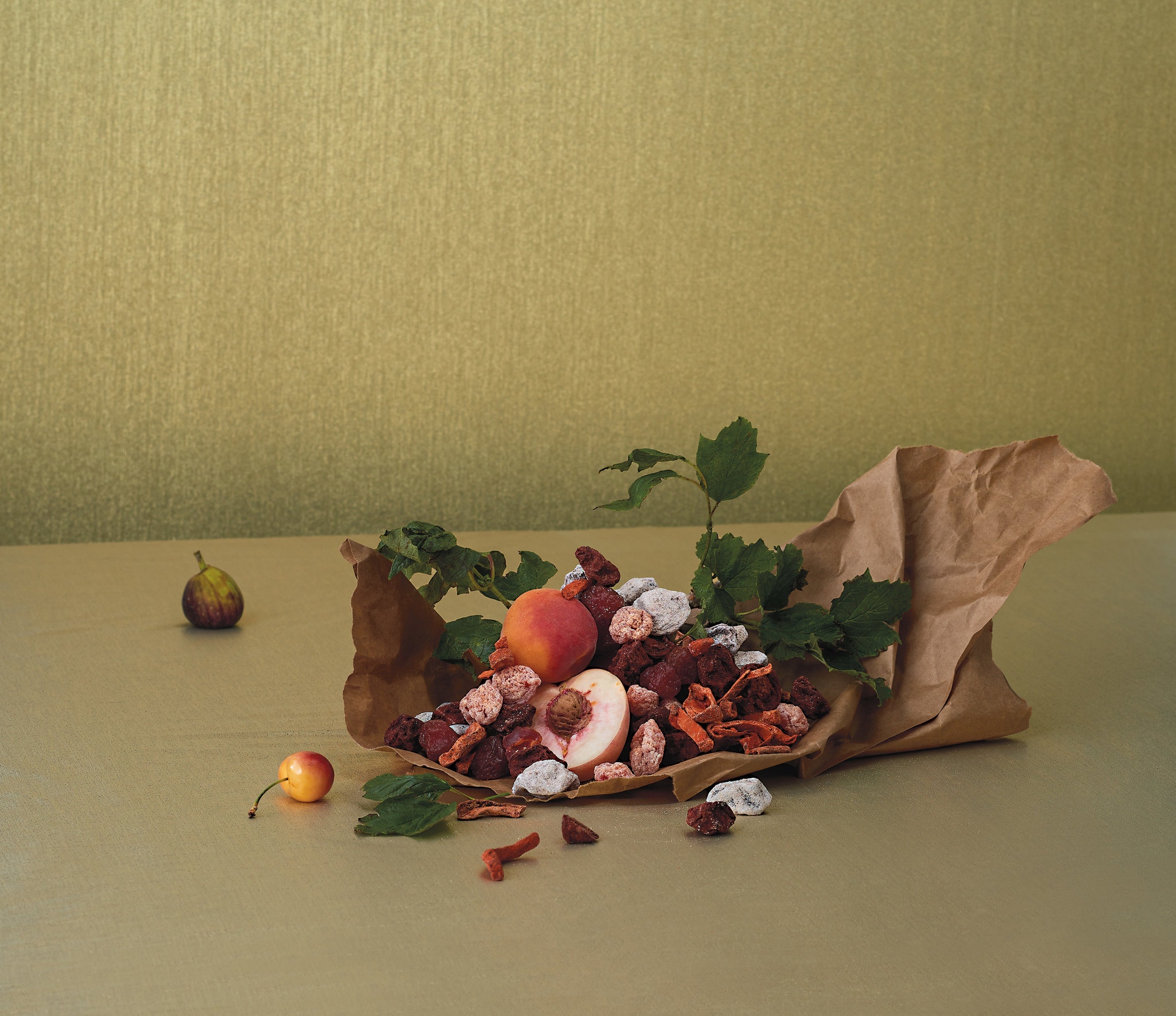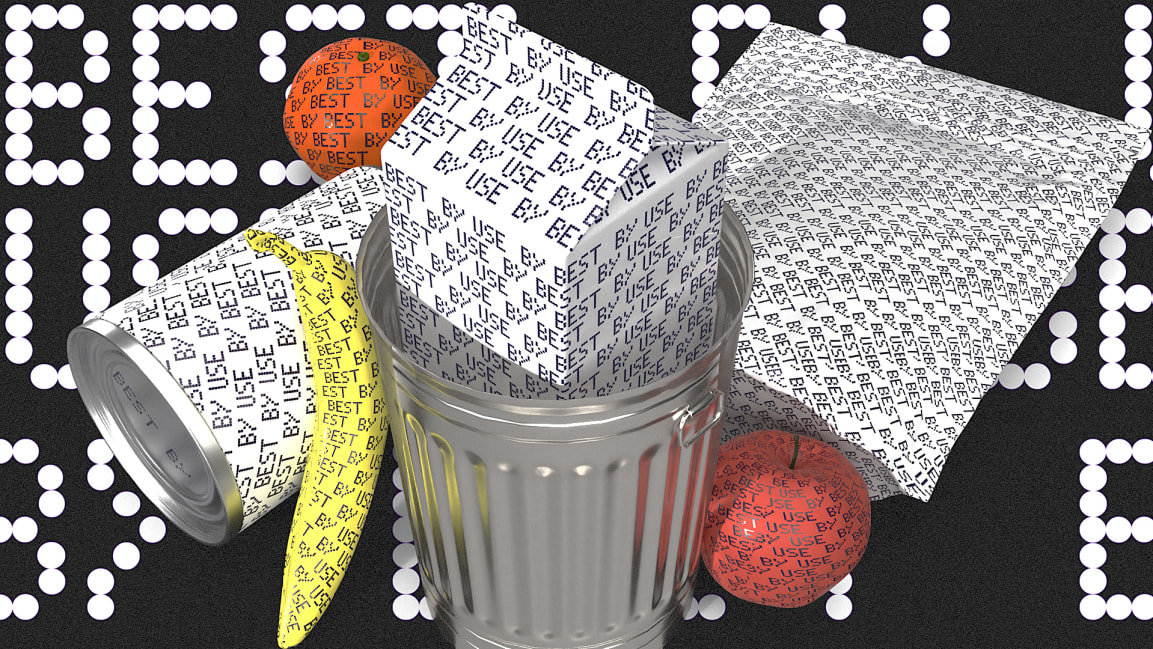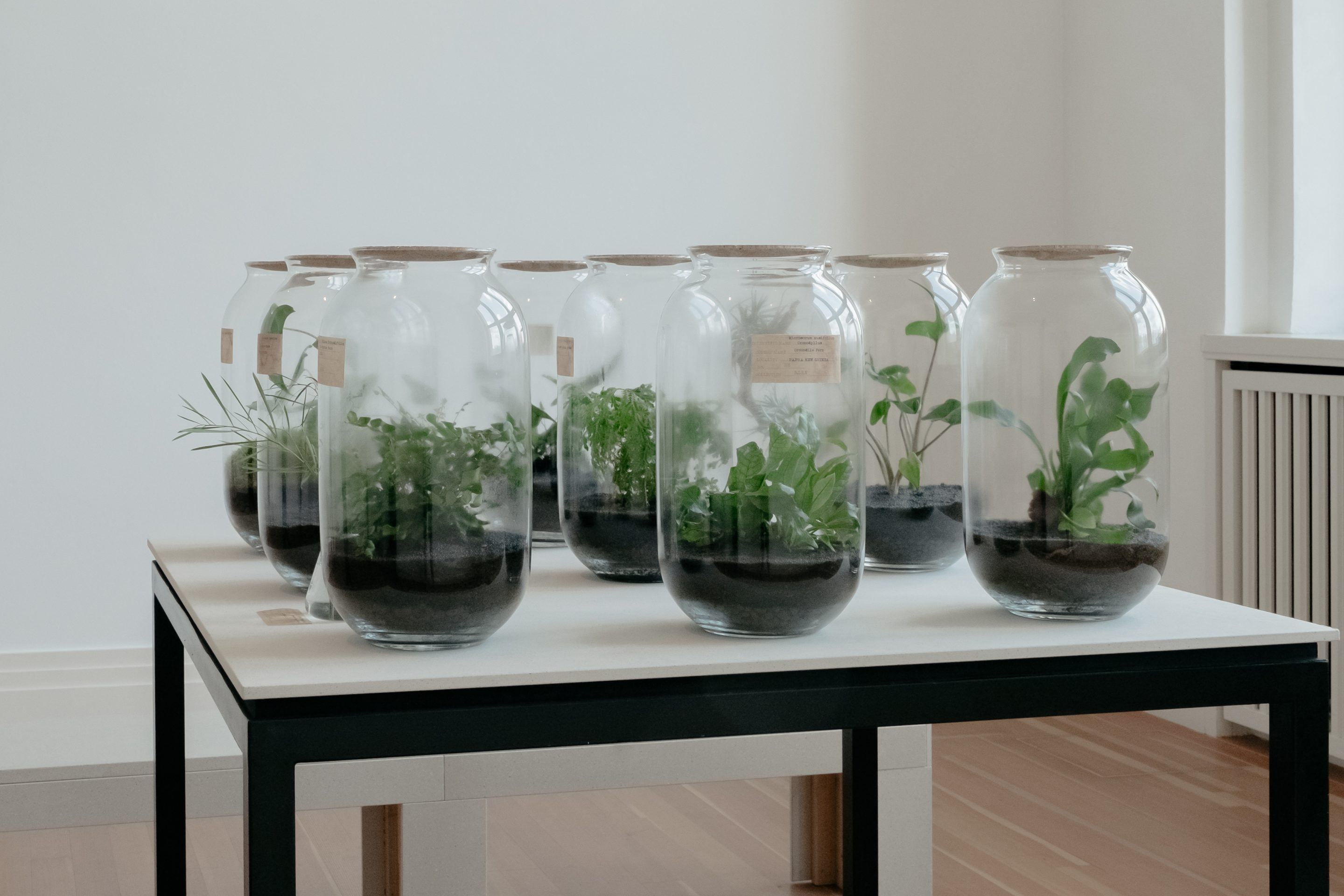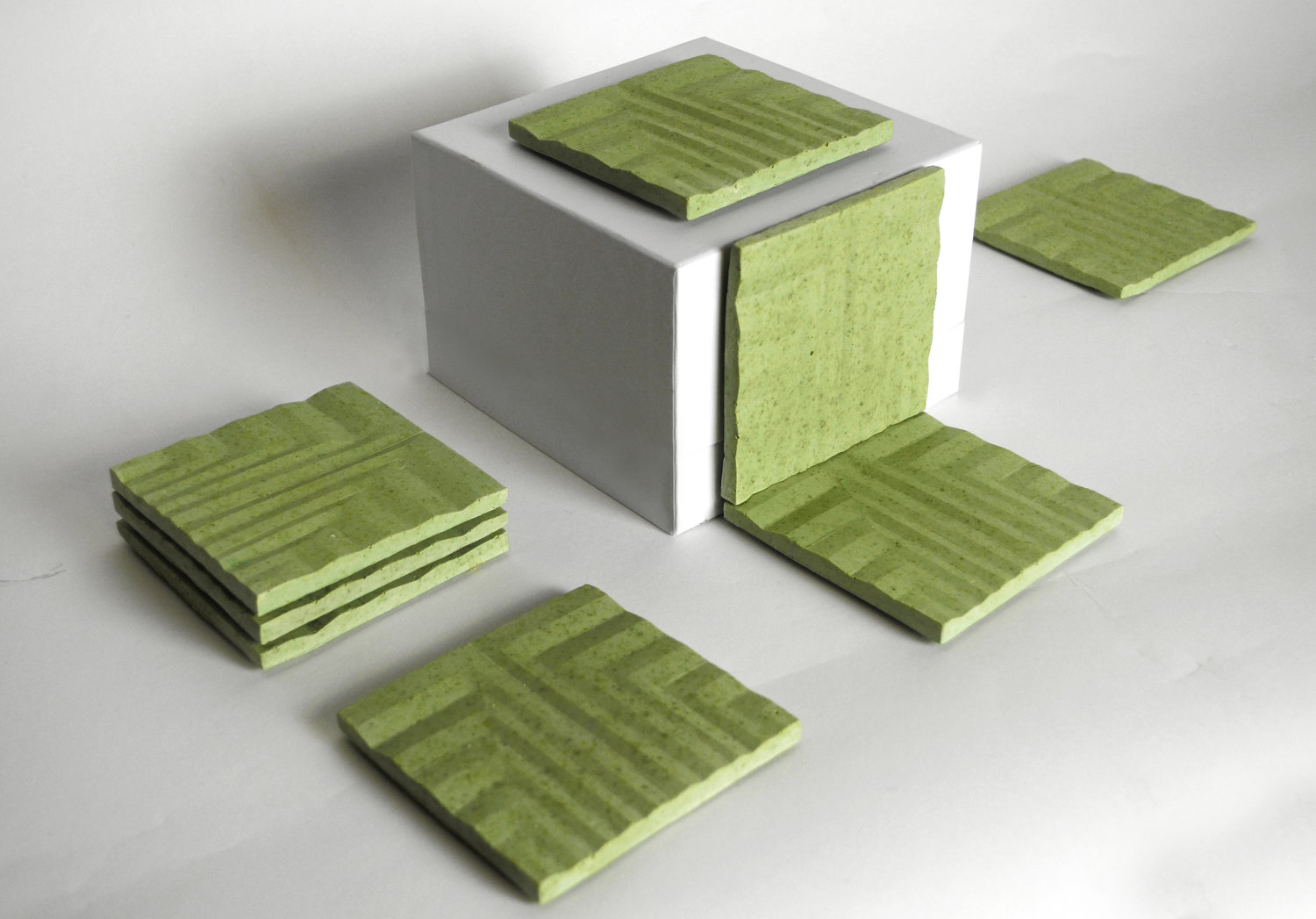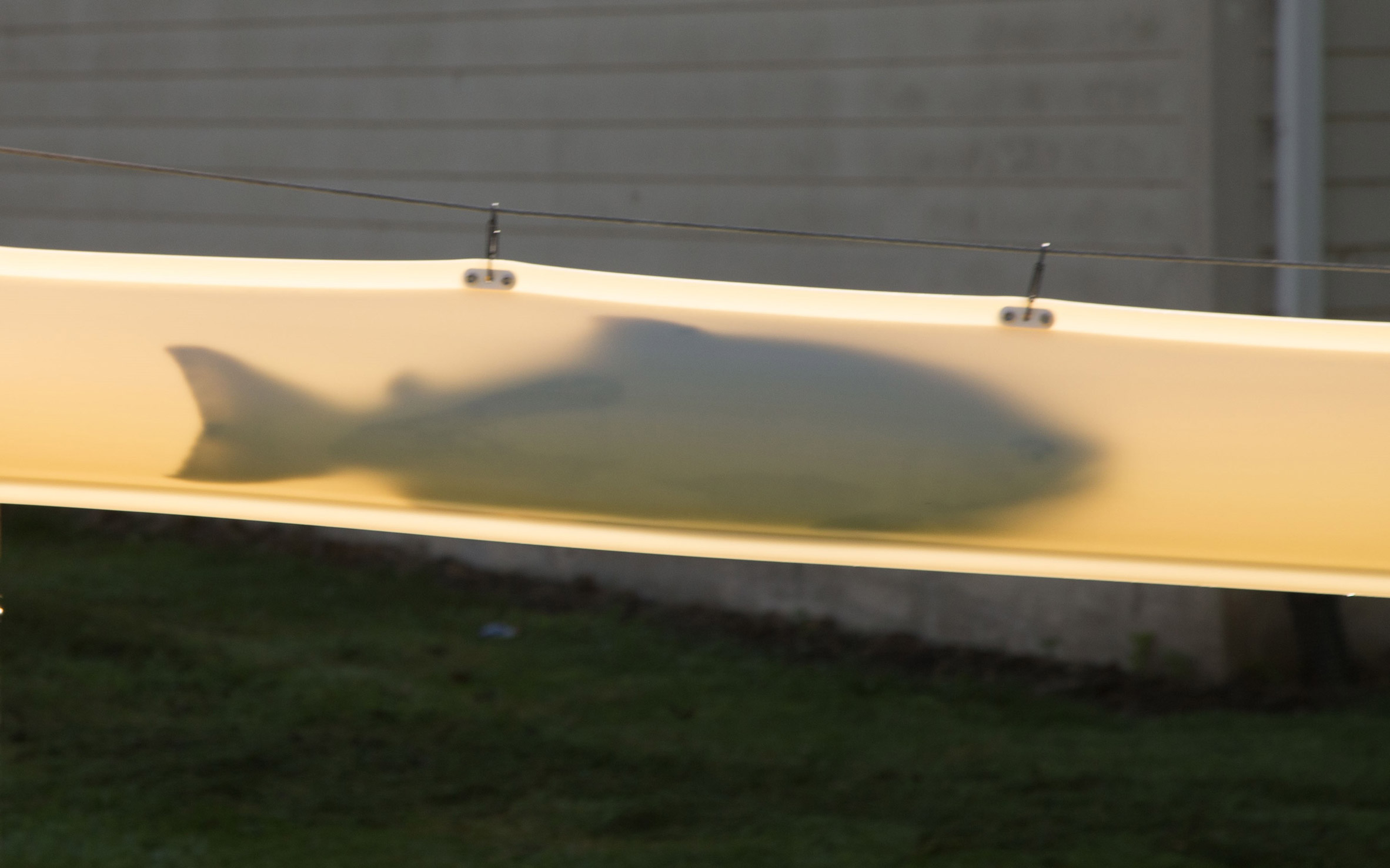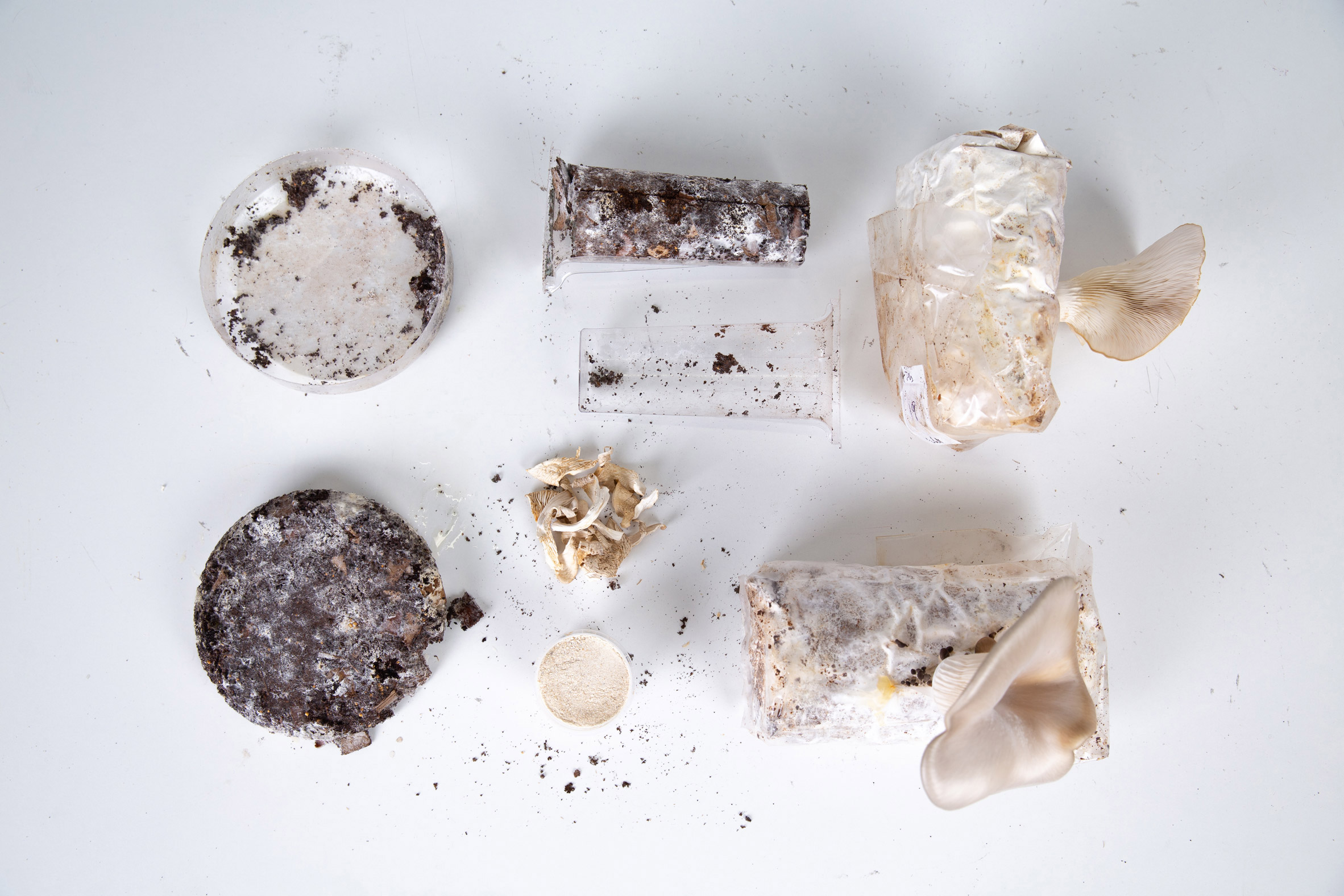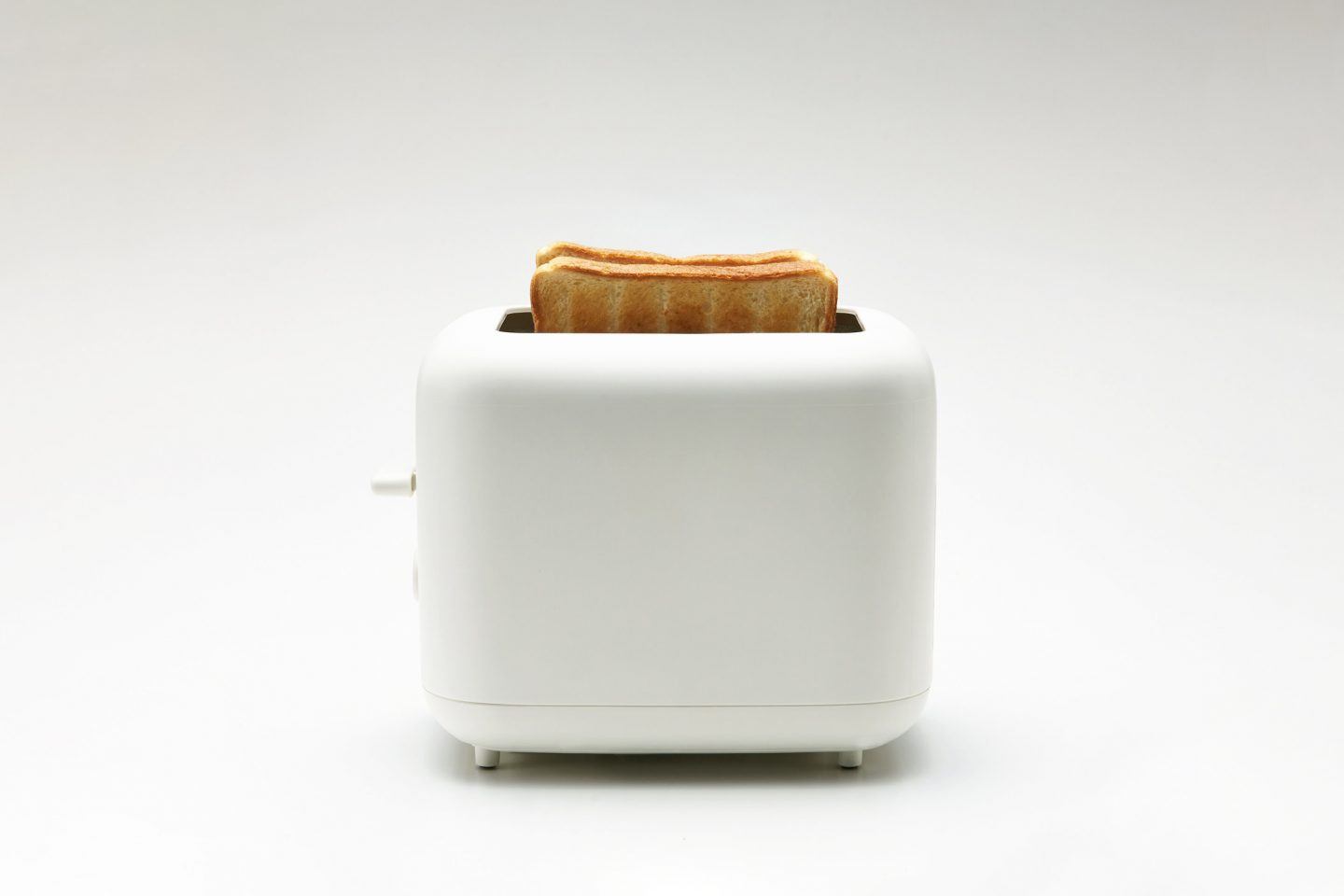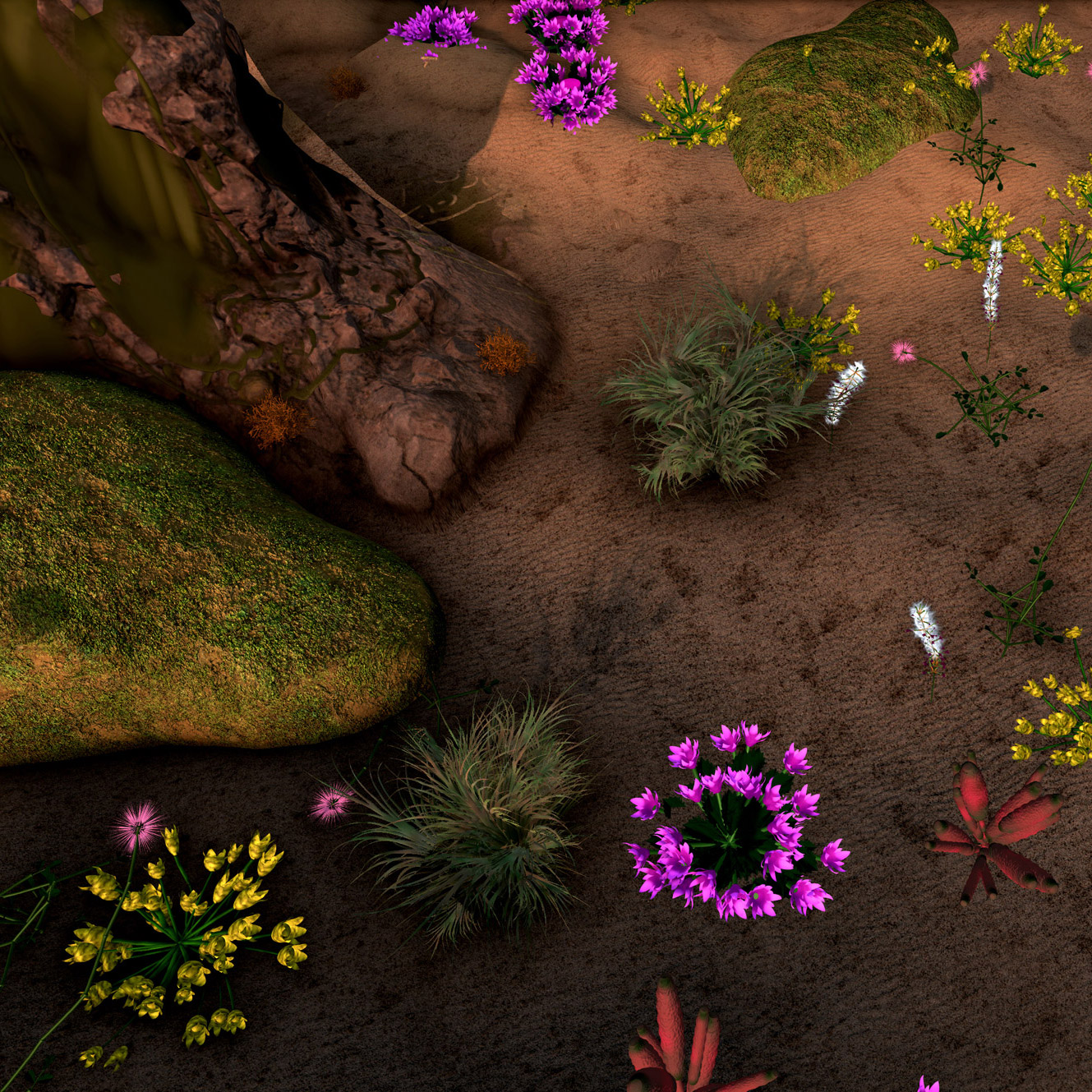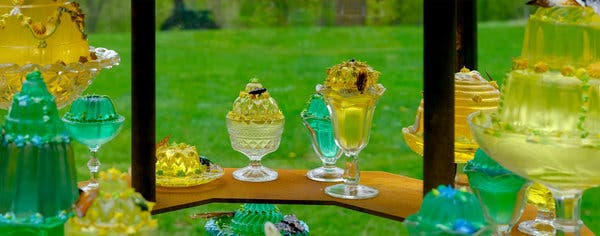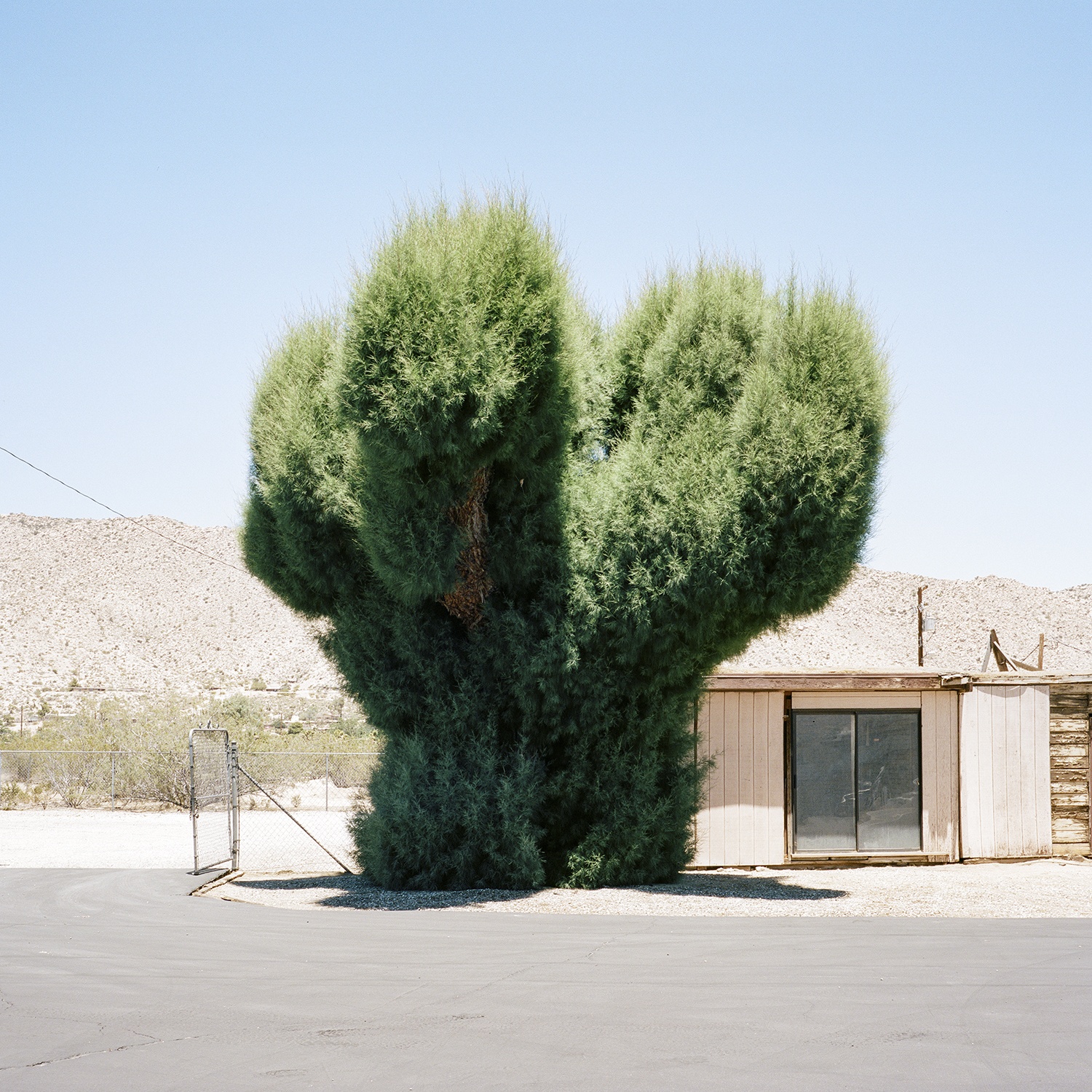Our weekly serving of off-the-menu items – a few popular favorites from the week, as well as a few morsels that may have slipped your notice.
Ants preserved in amber have led researchers to discover that the insects formed a symbiotic relationship with bacteria to protect the fungus they grew in their ant hills. After a parasitic fungus threatened the growth of their tiny crop, the ants introduced a bacteria that repelled the parasite. Evolution helped ants create specialized pockets on their exoskeletons to harbor the bacteria, ensuring that they could continue growing their fungal crop.
Recycling Food Waste with 3D Printing
Using colored paste made from food waste, designer Elzelinde van Doleweerd is 3D printing new snacks. After the success of her Upprinting Food project in the Netherlands, van Doleweerd moved her work to China, partnering with the 3D Food Company in Beijing to print her designs. The snacks utilize some of the foods that are most often wasted in China, including rice, fruits, and vegetables.
As the need for more efficient agricultural production techniques becomes more pressing, researchers are developing agricultural technologies that can speed up the cultivation and harvesting of crops. Engineers at the University of Cambridge recently released their design for a lettuce-peeling robot that can strip heads of lettuce of their dirty outer leaves at a much faster—and cheaper—rate than their human counterparts.
The World’s Cutest Vending Machine
Coca-Cola’s new vending machine, VenCycling, makes it easier for customers to recycle their used coke bottles. The cute, anthropomorphic machine credits customers for recycling their bottles, encouraging recycling in addition to dispensing the classic coke beverages. Coca-Cola hopes that the new vending machine will push them closer to their goal of effectively recycling every bottle they produce by 2030.
An Automated Farming SystemPhoto by Nathan Cyprys.
Intravision’s gravity-flow growing system has perfected a complex LED light system and hypobaric chamber that grows plants automatically. The gravity-flow system moves plants throughout their stages of growth, and uses monitored lighting and feeding formulas to grow the plants. This combination of technologies enables the automatic cultivation of plants in a controlled, sun-less environment with potential applications for space travel.





